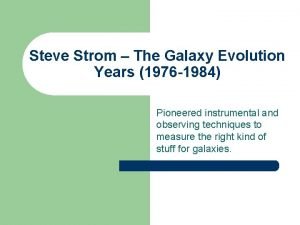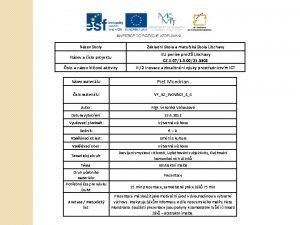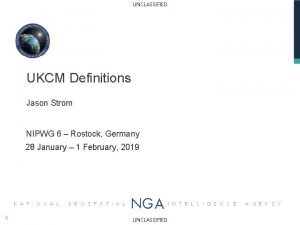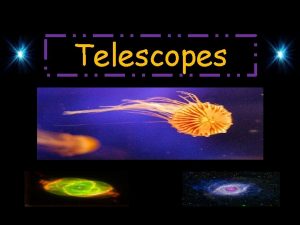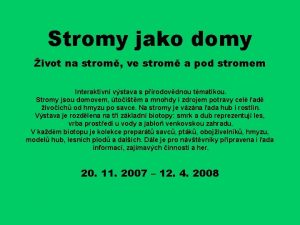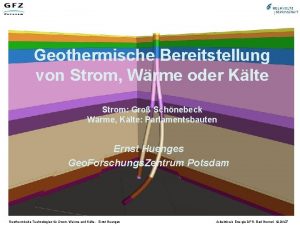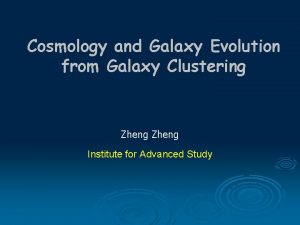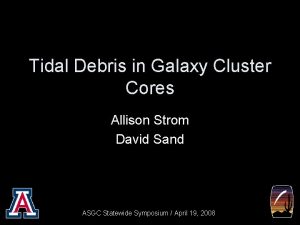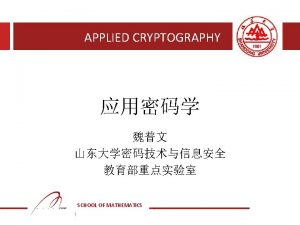Steve Strom The Galaxy Evolution Years 1976 1984

















- Slides: 17

Steve Strom – The Galaxy Evolution Years (1976 -1984) Pioneered instrumental and observing techniques to measure the right kind of stuff for galaxies.

The Universe in 1976 l l l Photographic detectors predominate Dark Matter wasn’t an issue The hierarchical clustering pattern for galaxies was not well known yet There were no large low surface brightness galaxies Density wave theory was popular Early galaxies lived in clusters of galaxies

Properties of Galaxies l l l Shape, structure (surface photometry), morphology Stellar populations – young (optical), old (infrared) Dynamics – rotation curves Bulge/Halo properties Abundance gradients (as related to density waves) Environment/interaction index

Strom’s Legacy l l Was really the first to systematically probe and integrate the various measurable properties of galaxies so that some coherent theory might arise His approach influenced other “young” researchers at the time to enjoy the thrills of constant data overload

Legacy Chronology u Initial focus is on Abundance Gradients

Next: Integration of Wavelengths n This approach would prove to be a hallmark of Strom’s work and remember, detectors sucked back then.

Next: Integration of Dynamics and Environmental Influences n To help understand variation in spiral arm strength/definition and prevelance of smooth arm spirals in clusters

Next: Size Matters Ø A prophetic statement: “… the true sizes of spiral galaxies must be considerably larger than currently believed”

Next: Pundit Time l After a mere 3 years of this effort:

And Just when you have it all figured out and wrote a review l Something unexpected comes along:

And then its time to move on o o To the intense study of bi-polar jets and other micro physics in star forming regions. Perhaps its coincidental, but one can’t help wonder if the first author of this last paper helped drive this change in direction

So Where are we Today Ø Galaxies Look Prettier

Today Ø Massive LSB galaxies are known to exist (but, alas, they are not very pretty and are mostly just noise)

Today Ø Baryon’s don’t matter

Today Ø Galaxies are clustered in far more complex ways than anyone could ever have imagined. Ø Encounters/environmental influence is likely therefore larger

But what do we know Today? n n n Why is the Baryonic mass fraction of galaxies a constant? Why don’t galaxies have hard edges if star formation is density driven? Why is the Galactic Halo still being formed from stars streaming in? What determines how many stars in the dark matter dominated gravitational potential form in the first generation. How does galaxy assembly really work?

Summary n n n So galaxy evolution has gotten a lot more complicated. We need another pioneer like Strom to help make sense of it all Strom’s legacy as a scientist is a model of how to leverage all wavelengths to get a fully integrated physical view. We should all remember this is how astronomy is done.
 How big is the galaxy
How big is the galaxy Steve's galaxy (legacy)
Steve's galaxy (legacy) Apple i 1976
Apple i 1976 Steve jobs 1976
Steve jobs 1976 Ronald wayne biography
Ronald wayne biography 300 solar years to lunar years
300 solar years to lunar years Where is this image
Where is this image Goat years to human years
Goat years to human years Strom
Strom Bronchiální strom
Bronchiální strom Piet mondrian strom
Piet mondrian strom Jelsa lepkava a vrba biela
Jelsa lepkava a vrba biela Jason strom
Jason strom Fahrradkettenmodell
Fahrradkettenmodell červený smrek strom
červený smrek strom Tibba strom
Tibba strom Leder fulleren ström
Leder fulleren ström Vom eise befreit sind strom und bäche text
Vom eise befreit sind strom und bäche text

